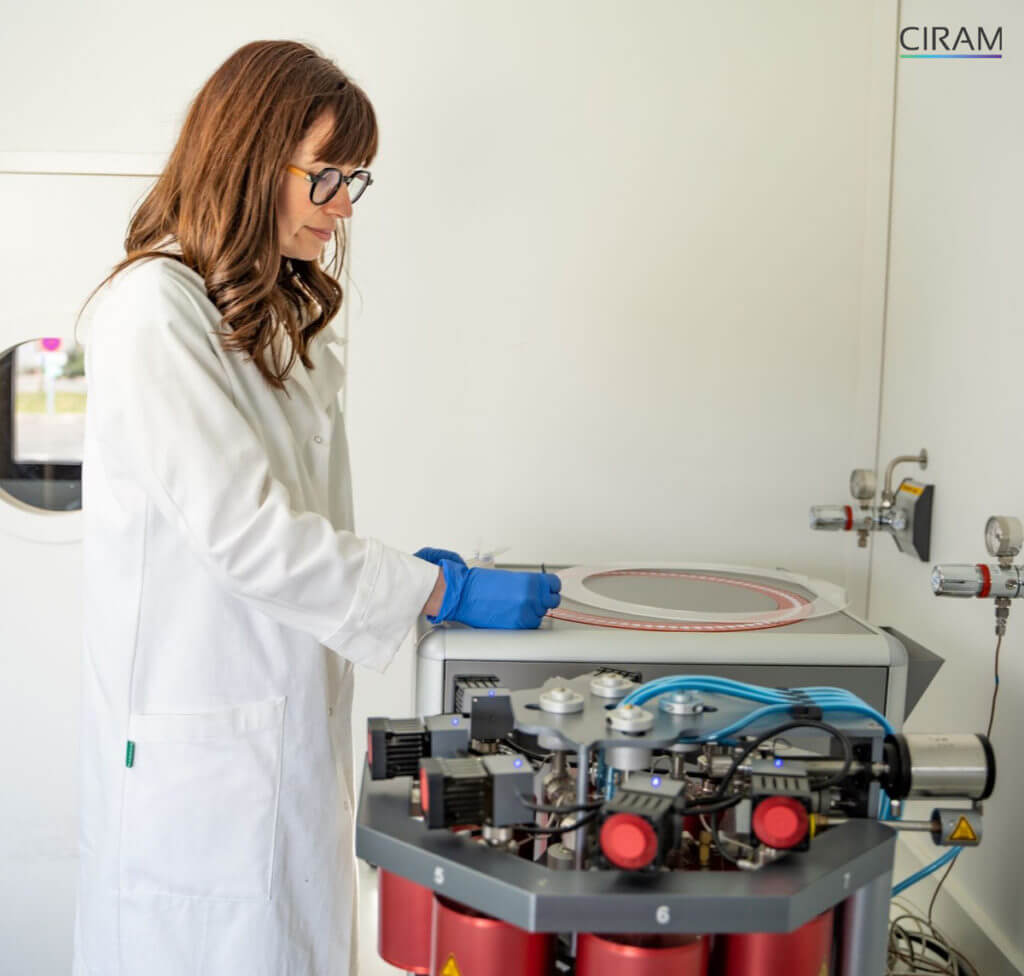Adulteration, geographical origin and provenance: what are stable isotopes used for?
Discover CIRAM’s analytical methods and protocols used to respond to these industrial issues with EA-IRMS from Elementar France.

Methods for characterizing raw materials and agri-food products have been diversifying in industry for over a decade, thanks to new physico-chemical techniques.
In this article, we’ll detail the use of isotope ratios of carbon, nitrogen, oxygen and hydrogen (δ13C, δ15N, δ18O and δ2D). Thanks to analysis by EA-IRMS, elemental analysis coupled with isotope ratio mass spectrometry, we can, for example, define provenance, detect adulteration or identify the source material for making biofuel, for example.
Our teams of scientists offer a comprehensive, comparative study based on an in-house database and scientific publications.
Isotope ratio mass spectrometry, an indispensable technique
The technique used is isotope ratio mass spectrometry (IRMS). It measures the ratios between the stable isotopes 13C/12C, 15N/14N, 18O/16O and 2H/1H. Values are compared to internationally recognized zero points” with:
